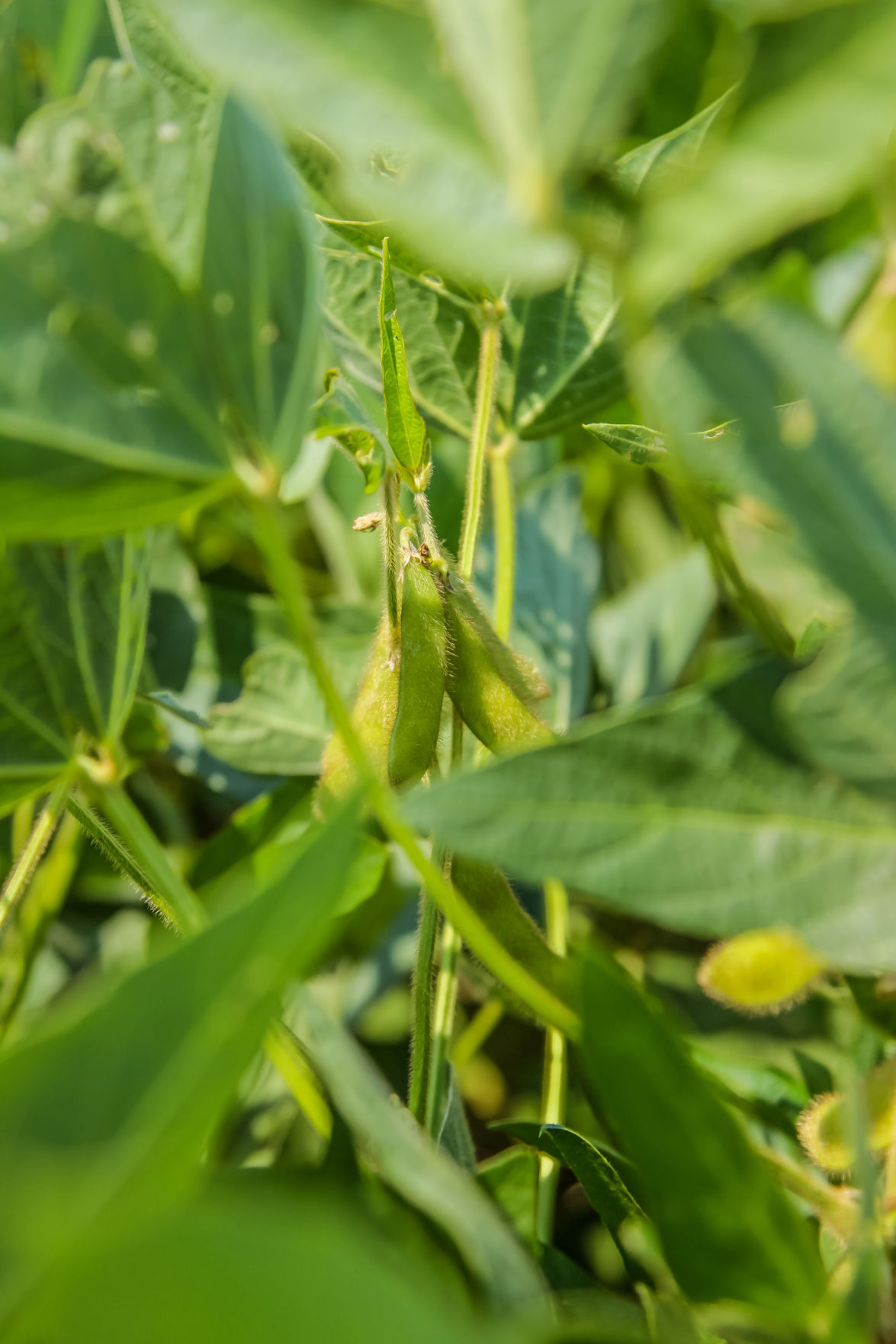U.S. Soybean Export Council officials are hoping a tour with international visitors from southeast Asia, South Korea, Asia sub-continent and the Americas will help bring in new buyers of United States soybeans.
Paul Burke, senior director, U.S. soy marketing, is on the tour as well and he hopes it will show the contingent the value of soybeans grown in the upper Midwest.
“The reason we organized these tours, in particular, was to specifically address the issue that we had at the beginning of the marketing year where no soybeans were moving west out of the upper Midwest to the Pacific Northwest ports,” Burke said, “because the China tariffs on U.S. soybeans.”
Burke and USSEC officials have known for a while they need to diversify demand for U.S. soybeans and soybean meal, especially those being shipped from the West Coast. They hope the tour during mid-June can open a few doors to non-traditional soy customers.
“This particular activity will organize five teams here for two weeks to promote origination from the upper Midwest to the PNW. It is in direct response to this marketing dilemma that we have,” Burke said.
The improvements to the West Coast ports in the PNW were recognized by the Agriculture Trade Program this past November.
“We’re taking some of these funds, specifically to promote in Asia and in the Americas, the opportunity to source soy from the upper Midwest,” Burke said.
The international visitors spent time at the Northern Crops Institute June 10, where they were briefed on specific subjects as well as the quality of the U.S. soybean crop that comes from the targeted areas.
“There’s a basic view in the marketplace that the soybeans and soy from the upper Midwest could be lower in crude protein,” Burke said. “They are in fact as good or better than soybeans from other origins, such as anywhere else in the world based upon their amino acids and energy values.”
For the last 10 years there has been an enormous investment in the logistical infrastructure origination from South Dakota and North Dakota, in particular, Burke said. This includes unit car train loading facilities, improvements to the railroad facilities, as well as a lot of export terminal construction and capital investment. Logistics out of the upper Midwest through the PNW is now as good as it can be.
“We hear a lot about investments in infrastructure going on in South America,” Burke said. “But we don’t get a lot of emphasis about the amount of investment that’s taking place in the upper Midwest and to the PNW as a logistical model.”
Burke hopes the visitors on the tour can see how soybeans are grown in the U.S. as well as how they’re produced sustainably. They’ll also tour the infrastructure improvements, and see the railroad and the train loading facilities.
“After they see some of that up here in the Dakotas, we’re going to take them out to Portland (Oregon), Aberdeen (South Dakota), and Seattle, Washington so they can see the investment that takes place in the export terminals out there,” Burke said.
Cultivating these types of relationships has been going on for years, and still remains an important tactic.
“What we’re trying to do is to break their proclivity to just want to source soybeans from the Gulf, because they have a perception that the logistics is better, or the quality is better,” Burke said. “We want to demonstrate to them that if they source from either the Gulf or the PNW, they’re going to be satisfied with the experience, the purchasing experience in terms of reliability of the supply, reliability of the delivery and reliability of the quality.”
This is especially important during the trade tariffs that are currently in place.
“Clearly tariffs that China put on U.S. soybeans is upending the global supply chains for soy and soy protein,” Burke said. “So we’re seeing non-China markets that are increasing their purchases of U.S. soybeans.”
Burke said the Chinese have been “bidding up” the price of South American soybeans because they can’t buy U.S. The market share in the European Union is skyrocketing for U.S. soybeans and he’s thankful for that.
“We’re seeing our market shares in traditional markets like Japan, Taiwan, and in Thailand and other places go up,” Burke said. “We’re seeing our sales of U.S. soybeans into new markets like Pakistan and Bangladesh going up.”
There’s going to have to be a nearly 100 percent market share of all non-Chinese markets in order to make up for the lost demand to China.
“So it’s a daunting task, and USSEC is using regular investments, but also using these ATP funds to do just that,” Burke said. “We’re investing in new marketplaces, and we’re investing in some of our traditional markets to have them re-experience the value of U.S. soy.”
Kylene Scott can be reached at 620-227-1804 or [email protected].



